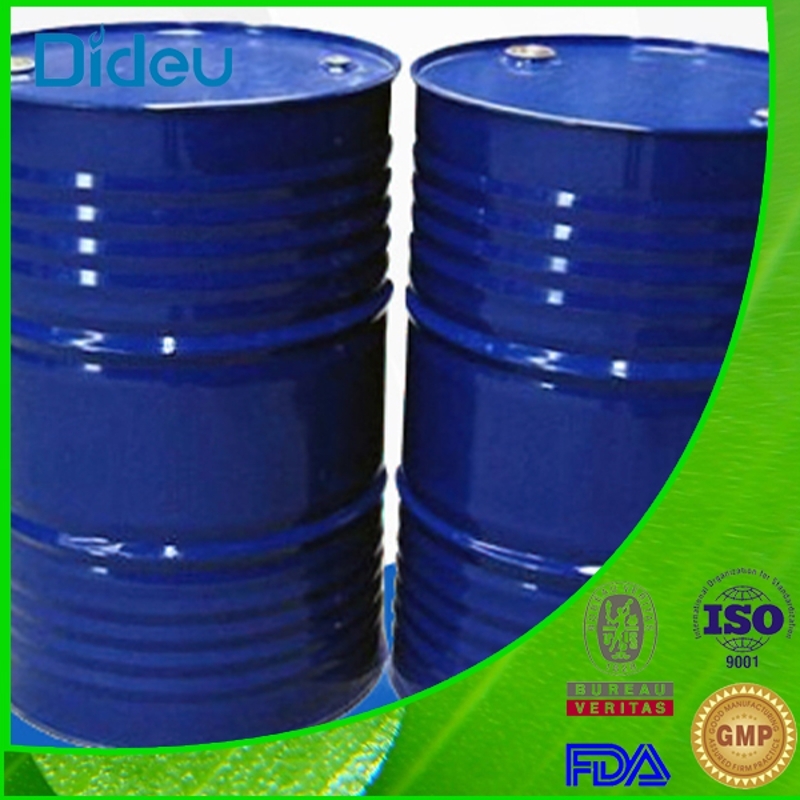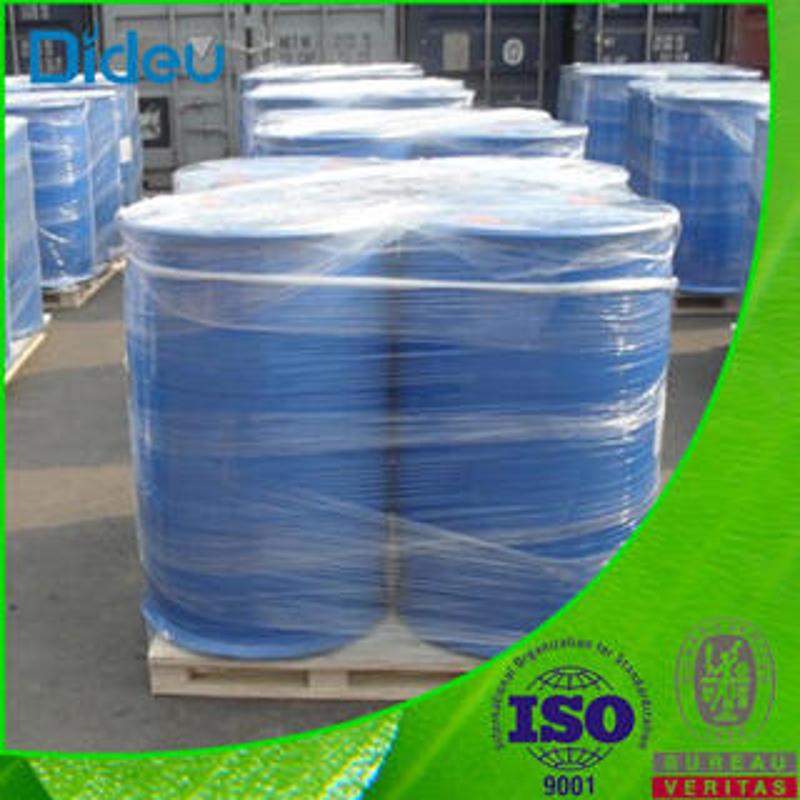-
Categories
-
Pharmaceutical Intermediates
-
Active Pharmaceutical Ingredients
-
Food Additives
- Industrial Coatings
- Agrochemicals
- Dyes and Pigments
- Surfactant
- Flavors and Fragrances
- Chemical Reagents
- Catalyst and Auxiliary
- Natural Products
- Inorganic Chemistry
-
Organic Chemistry
-
Biochemical Engineering
- Analytical Chemistry
-
Cosmetic Ingredient
- Water Treatment Chemical
-
Pharmaceutical Intermediates
Promotion
ECHEMI Mall
Wholesale
Weekly Price
Exhibition
News
-
Trade Service
2.3 Effect of moisture content on resting angles
Water content can be said to be a relatively important factor affecting resting angles, and changes in water content can change the properties of particle surfaces, thereby changing the resting angle. Many manufacturers on their own production of titanium dioxide moisture content has certain requirements, water content exceeds the standard will seriously affect the application performance of titanium white powder. Different manufacturers on the water content requirements are not the same, but usually titanium white powder moisture content will not be higher than 0.5%, environmental factors are the most important reasons affecting water content, titanium white powder placement time is longer, the higher the water content. Take the same titanium dioxide divided into 5 parts on average, placed in the same environment at different times, let it absorb water naturally, and then measure the moisture content and resting angle, the results are shown in Figure 3.can be seen from Figure 3, the higher the moisture content of titanium dioxide, the greater the resting angle. The increase in moisture content makes the surface of titanium dioxide add a layer of hydration film, hydration film has a certain viscosity, and can attract each other, when the two particles are close to each other, the hydration film first contact, adhesively linked to each other, increase the force of each other, in the external force is not easy to separate, which leads to the increase of rest angle.
2.4 Effect of surface treatment agent on resting angle
Surface treatment is an important process in the production of titanium dioxide, which can effectively change the surface properties of titanium dioxide to meet the needs of different occasions. There are many surface treatment agents of titanium white powder, which can generally be divided into inorganic treatment agents and organic treatment agents, organic treatment agents are widely used, can be divided into silicones, polyols and organic amines. TMP, DE7604, 701 are more common organic treatment agents, choose the same unorganly treated titanium dioxide for organic surface treatment, the addition is 0.3% (mass fraction), and then measure the resting angle, the results of Figure 4.From Figure 4, it can be seen that the resting angle of titanium dioxide has a great relationship with organic treatment, and the organic treatment agents DE7604 and 701 can greatly reduce the resting angle of titanium dioxide, making the overall mobility of titanium dioxide particularly strong. This is mainly the addition of organic treatment agents to change the nature of the surface of titanium dioxide, particles between the rejection or attraction is affected, the greater the impact, the greater the change in the resting angle.3 Sabbath Angle Model Analysis
the Sabbath Angle is the question of whether particles can stay on the cone at an angle. When a particle can overcome the decreasing force and stay on the cone surface, the subsequent particles in front of the particles will also stop moving, so that most of the particles accumulate together, increase the resting angle; For convenience, the titanium dioxide particles are simplified into spherical models, as shown in Figure 5.shown in Figure 5 is a physical model of the resting angle, in which titanium dioxide particles are abstracted into a rule spherical shape and arranged into a cone with a resting angle of . When a titanium dioxide particle moves on the cone, it is affected by a variety of forces, in the vertical direction by gravity, this force is the main factor that causes the material to fall, in the direction of slope up by friction (resistance), this force is the most important factor to prevent the object from continuing to fall, friction f calculation formula such as formula (2):
f x F (2)
type: f - object friction, N;
- coefficient of friction;
F - the pressure of an object on the bevel (or the support force of the oblique object), N.
when friction f is large enough, the speed of downward movement gradually decreases and eventually stops. As can be known from the above, when the properties of the surface of titanium dioxide are determined, the coefficient of friction is determined, and the key factor that determines friction f is the pressure F of the object on the slope. The pressure F of an object on a slope is not a force, but is made up of multiple forces. Ideally, the size of the F value is equal to the particle gravity G's force perpendicular to the slope direction, i.e. F-G. Cos, however, in practice, particles are also affected by a number of forces, in addition to the particle gravity G in the direction of the slope, but also by the charge attraction between the particles F1, surface viscosity force F2, Van der Wall force F3, gravity F4, these forces together make up the pressure F of the object on the slope, formula (3):
F - F1 - F2 - F3 - F. Whether an object can stand still on a slope depends mainly on the size of the two forces
, namely, the force of the object facing down the slope and the force facing up the slope, when the force facing down the slope is greater than the force f up, the object continues to fall and cannot be stabilized on the slope; According to the sloped force analysis, the force of the object facing down the slope is G. Sin, when the force of an object facing down the slope is equal to the force facing up the slope, is called a critical state, at which point the force analysis of the object is like a type (4).
the theoretical calculation formula for the resting angle is derived by bringing the specific force conditions of F into the formula (3
), which is found in the formula of the resting angle.As can be known from formula (5), the resting angle of an object is directly related to the coefficient of friction between the object, directly related to the pressure of the object on the bevel, directly related to the density and mass of the object, and inversely related to the particle size of the object. According to the above analysis, manufacturers can guide the production of titanium dioxide, if you want to produce a high rest angle of the finished product needs to reduce particle size, increase the coefficient of friction between particles, increase the interaction between particles, etc. ;.






